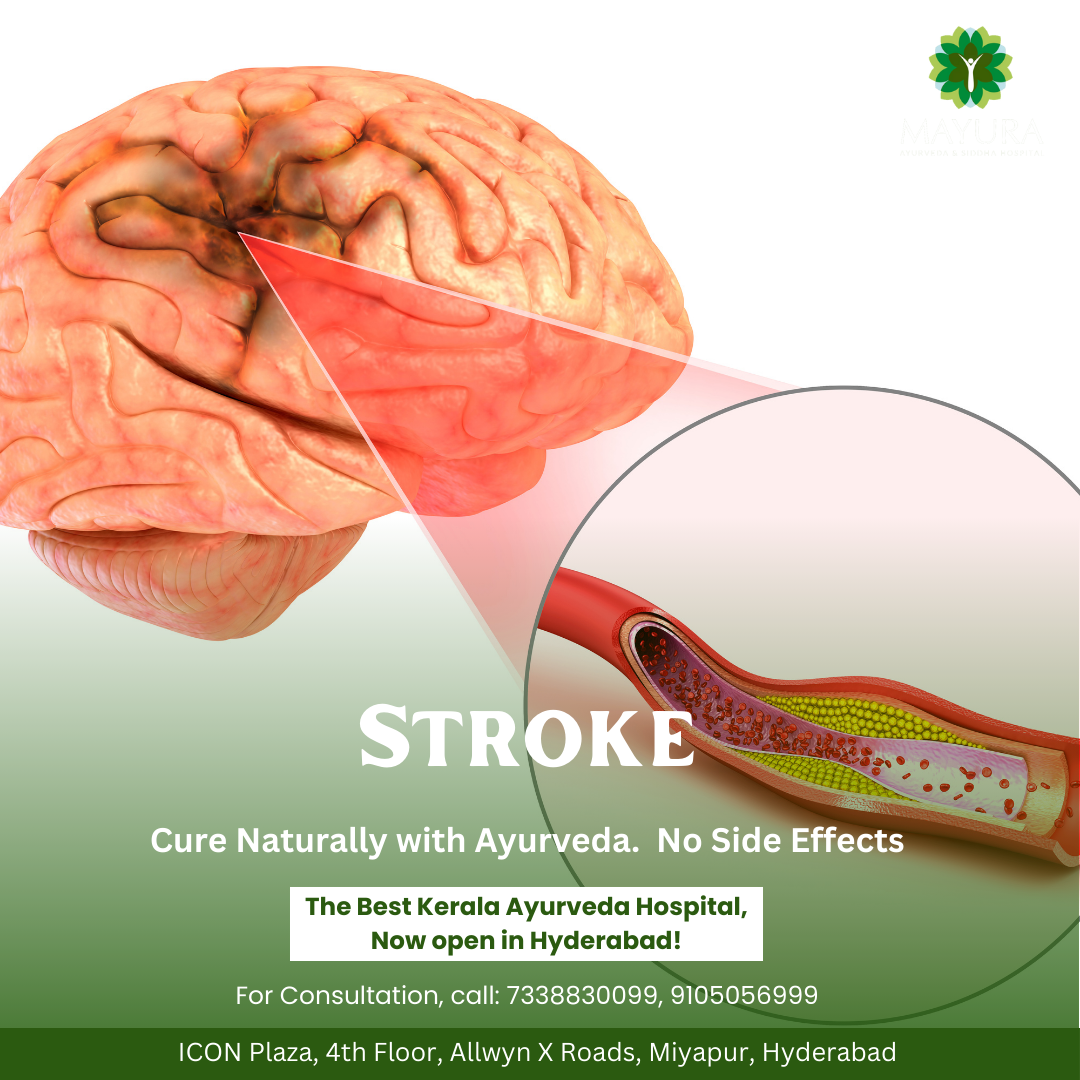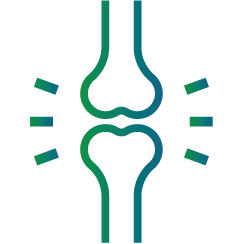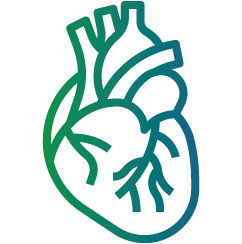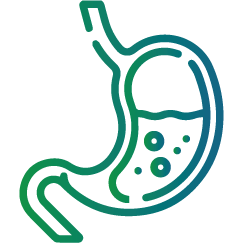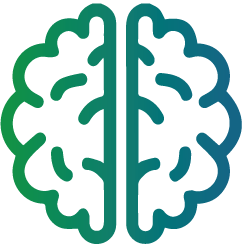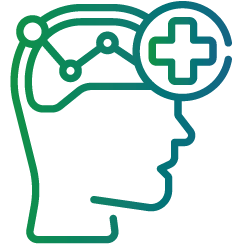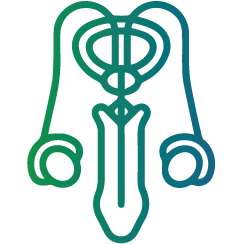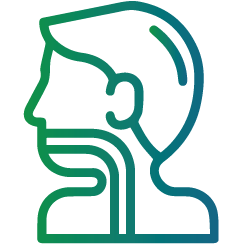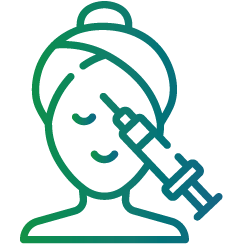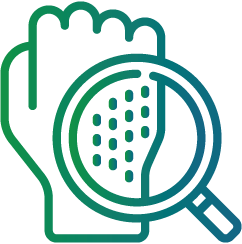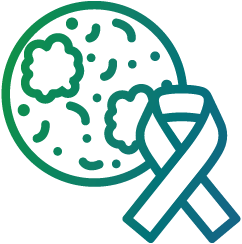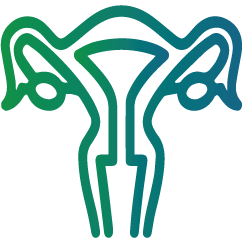Stroke is a serious medical condition caused by interrupted blood flow to the brain. It can lead to long-term disability or even death if not treated promptly. Understanding the causes, symptoms, and prevention strategies is crucial for everyone.
There are two main types of stroke: ischemic and hemorrhagic. Ischemic strokes occur when a blood clot blocks a blood vessel in the brain, while hemorrhagic strokes happen when a weakened blood vessel ruptures and bleeds into the brain. Both types can cause similar symptoms, including sudden numbness or weakness in the face, arm, or leg, especially on one side of the body; confusion; trouble speaking or understanding speech; difficulty seeing in one or both eyes; dizziness, loss of balance, or coordination; and severe headache with no known cause.
Several risk factors increase the likelihood of having a stroke, including high blood pressure, high cholesterol, smoking, obesity, diabetes, and excessive alcohol consumption. Age, gender, race, and family history also play roles in stroke risk.
Fortunately, many stroke risk factors are controllable through lifestyle changes. Eating a healthy diet low in saturated fats, cholesterol, and sodium, exercising regularly, maintaining a healthy weight, avoiding smoking and excessive alcohol consumption, and managing chronic conditions like high blood pressure and diabetes can significantly reduce the risk of stroke.
Additionally, recognizing the warning signs of stroke and seeking immediate medical attention is crucial for improving outcomes. The acronym FAST (Face drooping, Arm weakness, Speech difficulty, Time to call emergency services) is a useful tool for identifying stroke symptoms and taking prompt action.
In conclusion, stroke is a severe medical emergency that requires immediate attention. By understanding the causes, symptoms, and risk factors, as well as adopting a healthy lifestyle, individuals can reduce their risk of stroke and improve their overall health and well-being.

